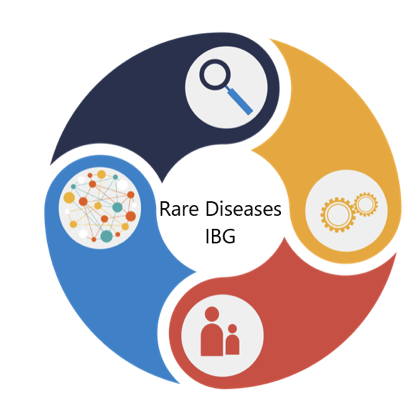CHARACTERISTICS OF RARE DISEASES
Low Prevalence:
Rare Diseases are generally observed with low frequency in a specific population. In different countries, the definition of a Rare Disease may differ. For instance, in the USA, a disease is typically considered rare if it affects one in 200,000 or fewer people, whereas in the European Union and Turkey, this ratio has been accepted as 1/2000.
Genetic or Non-Genetic Origin:
Approximately 80% of Rare Diseases are caused by genetic factors. The cause of 20% is either unknown or defined as environmental factors. Almost all genetic diseases are rare diseases; however, not all Rare Diseases are genetic diseases.
Challenges in Diagnosis and Treatment:
Rare Diseases can often be challenging to diagnose because many healthcare professionals may not have encountered these diseases. This situation can complicate timely intervention for early diagnosis and effective treatment.
Chronic and Life-Threatening Nature:
Many Rare Diseases can be chronic and life-threatening. The disease often significantly impacts a person’s quality of life and may lead to long-term health issues.
Wide range of symptoms and signs:
Rare Diseases often exhibit a range of different symptoms and clinical signs. Even among individuals with the same disease, significant variations can occur.
Social and Psychological Effects:
Rare Diseases can impact not only physical health but also social and psychological well-being. Individuals and their families living with these diseases often seek support and understanding.
Limited Treatment Options and Challenges in Drug Development:
In addition to the limited number of treatment options for Rare Diseases, developing drugs for these diseases is often costly and challenging. Therefore, regulations and incentives that encourage research in this field are of great importance.
